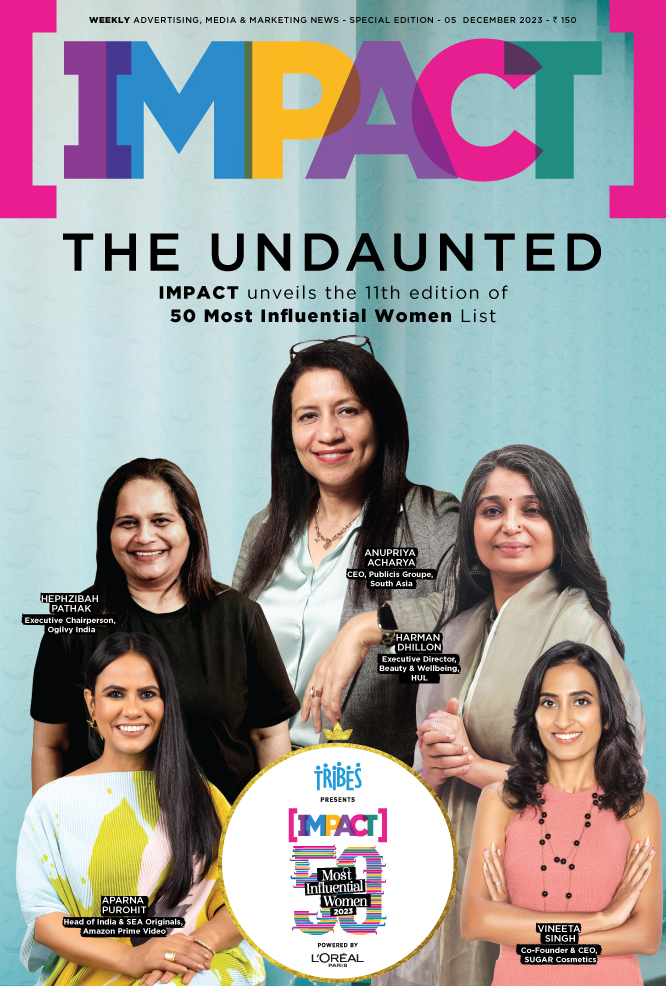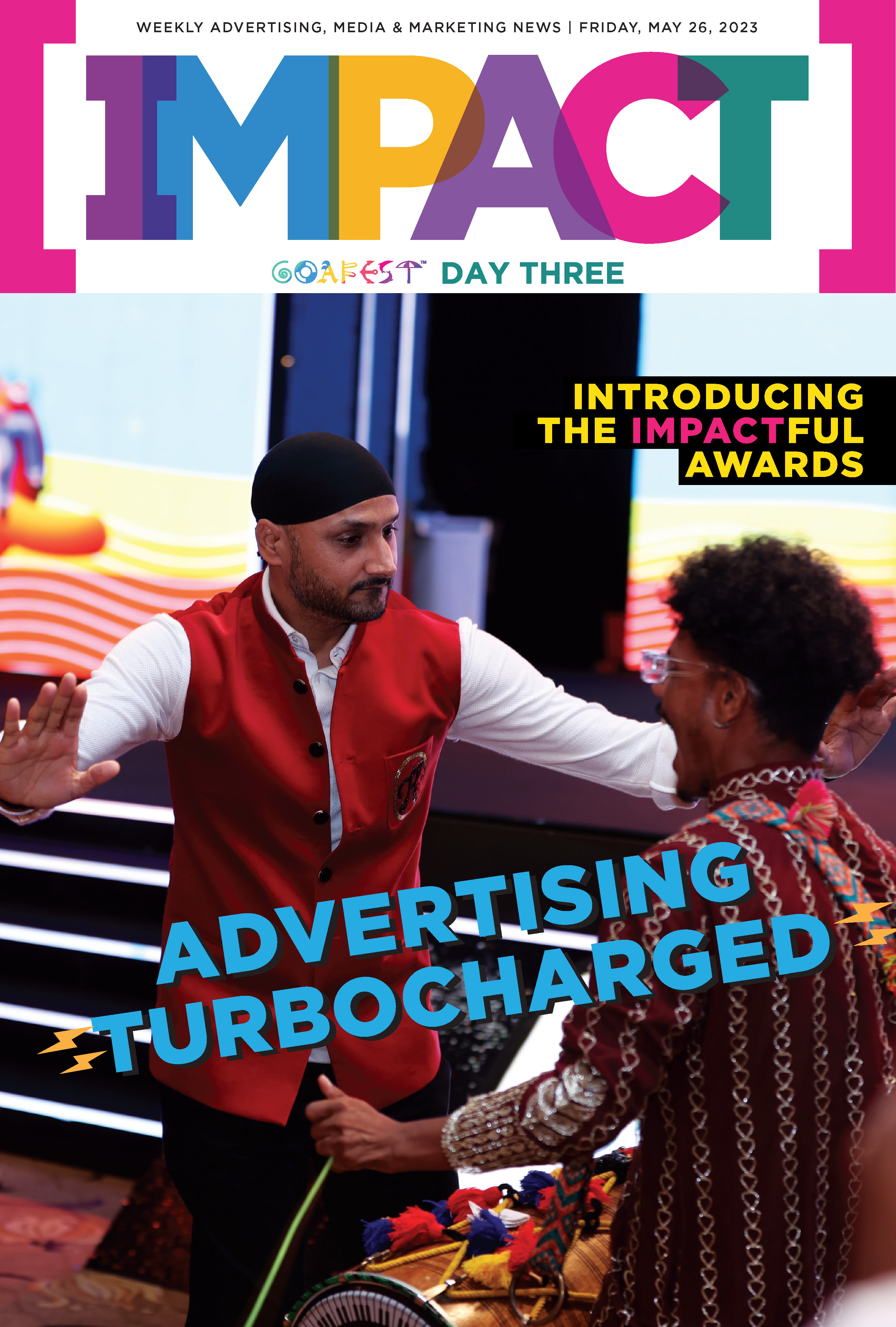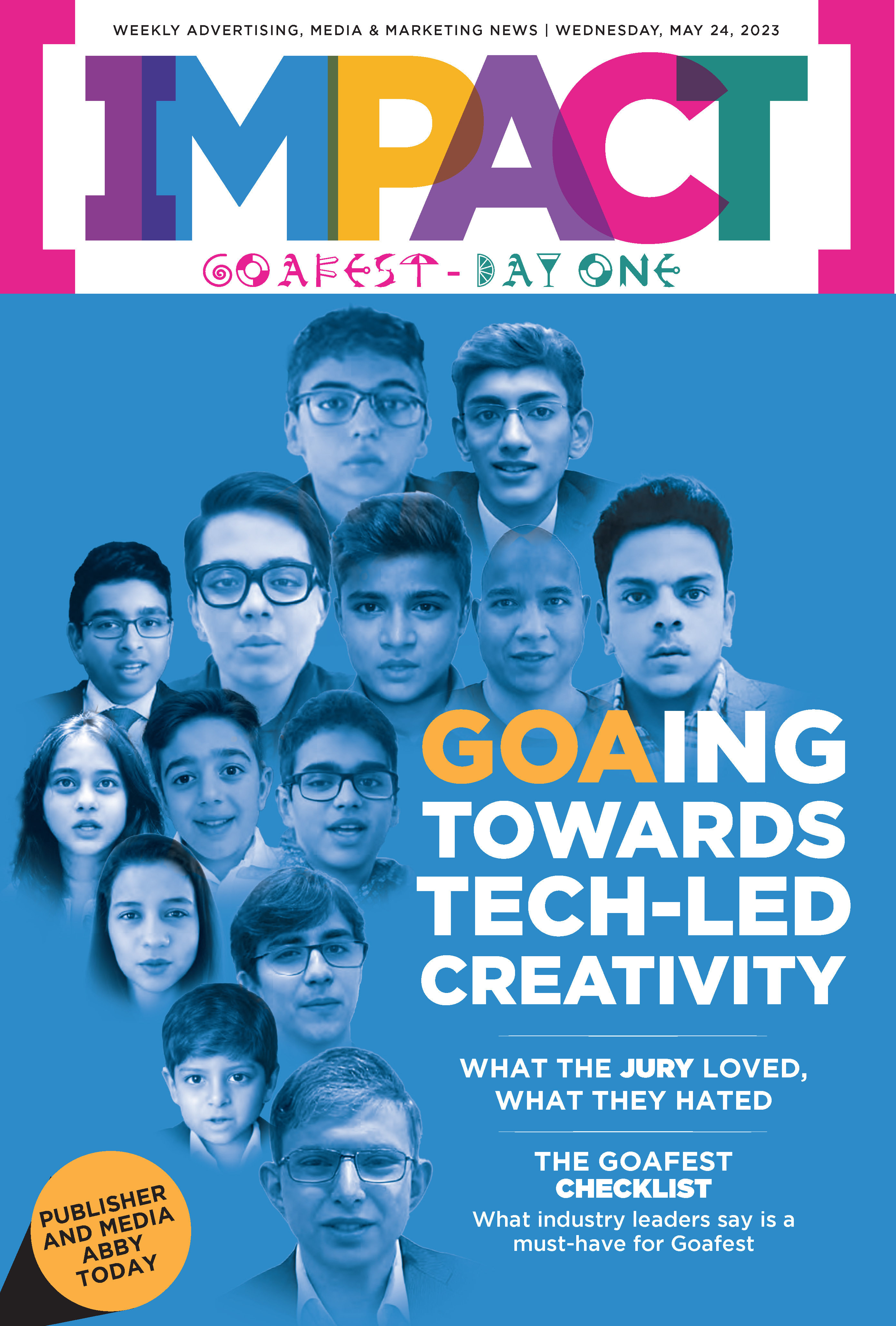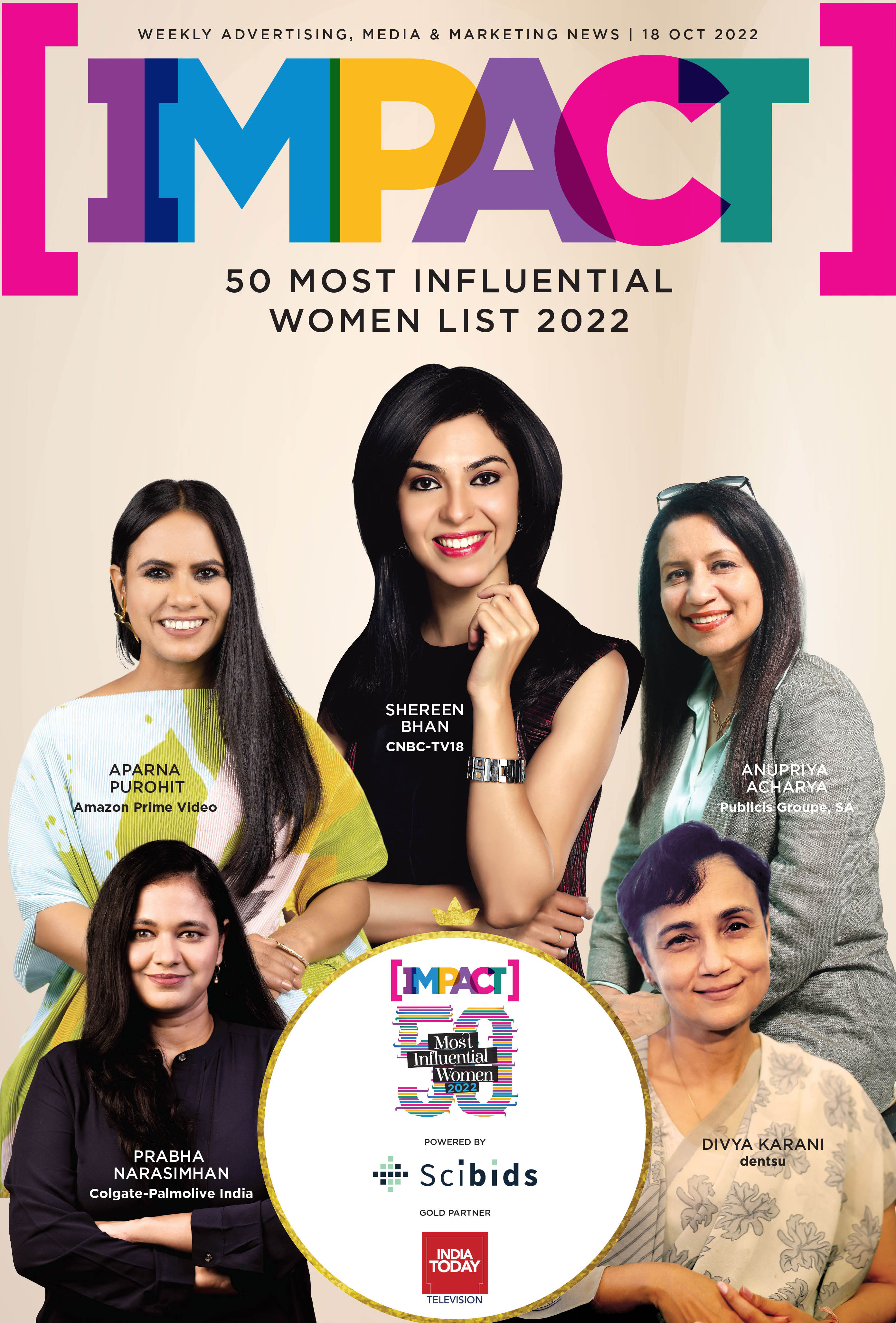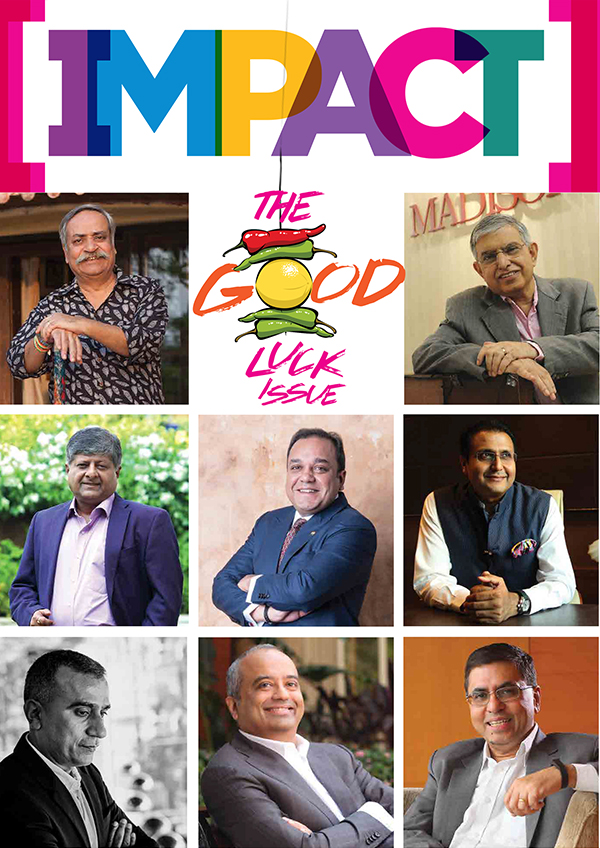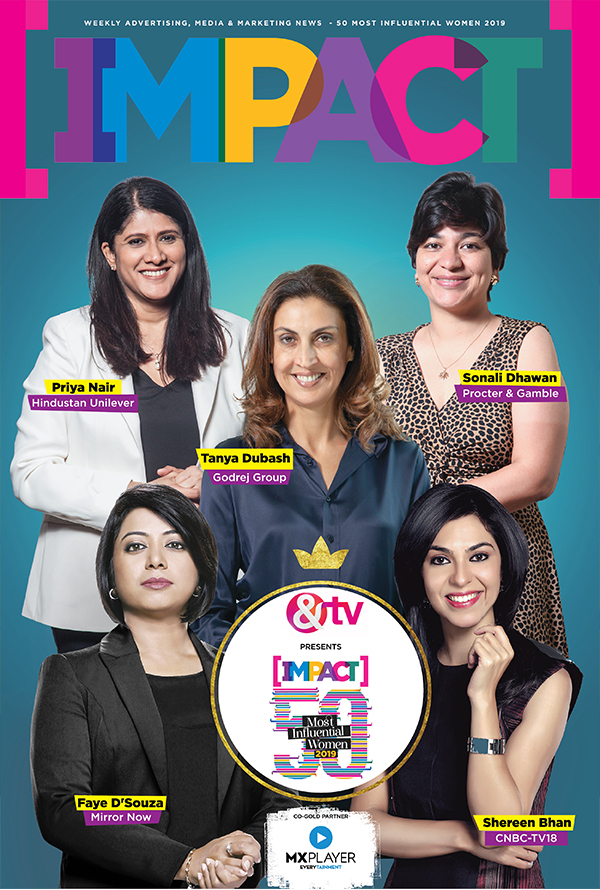Piyush Pandey will undoubtedly go down in the history of the global advertising industry as one of its brightest minds. He touched many lives; scores of people have interesting anecdotes to share of their interactions with him. I am perhaps the only person in the world who interacted with Piyush on three different levels. First as a colleague at Ogilvy for three years, then as a rival during my stint at other ad agencies for several years and later as a journalist covering the industry for nearly two decades. And each time, at each stage, I learnt something new about the ingenious man and his stunning craft. I was also admonished by him once because he wasn’t happy with the headline I used for an article about him, and quickly learned that when Piyush is pissed-off, it’s best to keep away for an hour or so, that’s about how long his anger lasted.
In this article I shall relive a few interesting personal memories of the man, so that the reader is able to look beyond the rich body of work he has left behind and get to know the ad wizard, his sharp mind and his fascinating life journey.
I joined Ogilvy in July 1986 as a management trainee straight out of biz school, along with another trainee who joined on the same day. We were assigned to different account supervisors, both of whom had forgotten all about our date of joining and didn’t know where to park us, the office was houseful. One of them pointed to a vacant desk and asked us to temporarily occupy it till an alternative ‘arrangement’ was made. That desk belonged to an account supervisor who we learned ‘was off honeymooning’. Good enough, we smiled, at least we shan’t have to stand all day. I came to know the desk owner’s identity from the bouquet of fresh flowers that would periodically arrive: ‘Congrats Piyush, wish you a long and happy married life’. Of course, the name meant nothing at the time.
After about a week, the door to the room (shared by five account supervisors) opened with a bang, and over my shoulder I heard a thundering voice: “What the fuck? Have I been replaced already, if I had known I would never have gone for a honeymoon!” This was followed by a loud guffaw, the guffaw that would go on to echo in the corridors of Ogilvy offices globally for the next four decades.
Although I did not report to Piyush at the time, it became clear as time went by that he wasn’t exactly rocking it in the client servicing department. Deadlines were often missed; silly mistakes would creep into ad layouts taken to clients for presentation and so on. Piyush could find no vacancy in the creative department, where he felt he belonged. This was because his forte was Hindi writing and the creative department at the time was packed with convent school-educated English writers who would churn out press ads laced with glittering prose.

The Ogilvy big bosses at the time decided to move him to the back-end as a Hindi language translator for press ads and as a coordinator for freelance writers of other Indian languages. Piyush accepted this job cheerfully, if he did feel a little disappointed by the ‘transfer’, he never showed it. The laughs continued as before and he would often invite us over to his modest ground floor apartment located in Andheri East, Mumbai, for all night parties. The insane jokes and the wild stories he would share over non-stop flow of the good stuff went on till the milkman rang the doorbell. It was clear to all of us present that this guy was a master storyteller and his day would come.
And it soon did. Ms. Destiny had deadly plans lined up for Piyush Pandey who clearly was her favourite child. Circumstances, opportunity and talent collided head-on to cause events that would change the face of Indian advertising. Although colour television was launched in India in 1982 during the Asian Games, sales picked up only towards the end of the eighties and zoomed big time after the launch of satellite channels in the early nineties. Up until that time nearly 80% of the ad budget would be set aside for the print media. Post the boom in colour television in India, the ratio began to change and television ad spends began rising sharply. Clients were now demanding original Hindi and other regional language writers for their commercials and were no longer interested in translations from English scripts.
This development triggered Piyush’s movement into the front lines, and saw the gradual demise of the traditional English writer. As the language department head, he had already begun writing commercials directly for a few Ogilvy clients (with the official creative chief often kept in the dark), so his shift into the creative director’s corner office was seamless. As we all know now, Piyush Pandey never looked back from there.
From my own perspective, it wasn’t just his mastery over the language or his understanding of India and Indian culture that were the key reasons for his enormous success, Piyush’s biggest strength was he never let the child in him die. And it was that child in him that encouraged him not to get prejudiced by the happenings and events around him, not to take life too seriously, and to always look at the world with childlike curiosity and mischief.
And so, this is why when I decided to feature him on the cover of the ad and media magazine I was editing in 1997, I insisted on using his baby picture. Fortunately, Piyush found one in an ancient family album from when he was just six months old and I will always remember him by that picture. That picture was him till he breathed his last at the age of 70.
A quick background for the younger readers: Born in Jaipur, Piyush was raised with high expectations by his parents, who wanted him to become an IAS officer. A son born after seven daughters on the trot, this was quite understandable in that era. By his own admission, Piyush turned out to be a ruffian at school, poor in studies but great at sports. He made it into St Stephen’s College, New Delhi, purely on the merit of his cricketing ability. He went on to become a successful cricket player, playing alongside names like Kapil Dev, Sandeep Patil and Arun Lal. He represented Rajasthan in the Ranji Trophy tournament. However not finding himself to be good enough to play for India, Piyush chanced his arm at tea tasting as a career in Kolkata apart from other offbeat activities. Eventually he landed a job as an account executive at Ogilvy, Mumbai.
Turning Ogilvy around, an ad agency mainly known for producing safe and predictable work till he took over as creative director, wasn’t all madness, there was a little method involved too: This is what he said to me in the 1997 interview: “We identified clients that nobody believed would do creative work, and we started building our image from there. We started with the Lunas and the Fevicols and we then found even those clients usually not open to this kind of work, now insisting on more such work for themselves. We already had a client in Asian Paints giving us tremendous opportunities. We were the only ones amongst the Lever club agencies who got the opportunity to do great work for Levers.” Another factor that worked for Piyush was that he brought his experience in cricket to his job at Ogilvy: Leading from the front, setting clear goals for the entire team, playing to a game-plan, getting people into the team who had skills he did not possess, inspiring teammates by example, stealing singles where none existed for others and most importantly, playing to win, losing was never an option for him. He was Sachin Tendulkar, Sourav Ganguly and Virat Kohli rolled into one.
It worked. As time went by, Piyush galloped away with all advertising awards and within a few years achieved cult status in the industry. In 2004 I was the creative director at a rival agency’s New Delhi office. Agencies were invited to pitch by a large local client, and as it turned out, Ogilvy was presenting right after us. I heard Piyush was flying in from Mumbai to present the work himself, I knew this would be a tough battle to win but proceeded to bash on regardless. However, in the middle of our presentation, a buzz went off amongst the client’s team members. One manager excitedly whispered: “Piyush sir’s flight just landed!” I knew in that moment that we may have already lost this match; we could easily fight any competition but fighting a god-like figure who’s worshipped in the conference rooms of marketing departments was another ballgame altogether.
Another interesting incident: After Piyush became National Creative Director, sometime in the mid to late nineties, he had to report to the legendary Neil French, who was Ogilvy’s regional creative director at the time. On a visit to India, he apparently wasn’t too pleased with some of the creative work, most likely reason being French could not connect with the local flavour that Piyush and his team excelled at imparting to ads. Not amused, Piyush took French aside and said to him, ‘Neil, come help me, don’t fuck with me.’ In an interview he did with me in 2011, Piyush confirmed this incident. “I did tell him that because he tried to interfere. But he couldn’t do it. My first conversation with him was, ‘I will show you some work we have done for Cadbury’s and I don’t want your comment on it’.” He followed this up with his trademark laughter.
To return to the child in Piyush, here is an incident from 2009 when I had gone to cover GoaFest for a trade magazine. The legendary ad man Dan Wieden was speaking post-lunch and I happened to reach the auditorium a bit late. I could not find a seat, in fact, was not able to enter because of the Mumbai local train like crowding. A gentleman arrived from behind me, I turned around and there was Piyush smiling at me accusingly. “Why are you late? Got busy drinking free beer?” Before I could respond with a wisecrack, he creaked his neck over my shoulder, scanned the packed room like a hawk, and winked, “Woh dekh, that dude in the fifth row in yellow t-shirt, he’s happily crashed out. Photo le le jaldi.”
Of course I took the picture, of course I got it published, of course Dan Wieden must not have been amused that ‘I just did it’, and of course Piyush must have guffawed like crazy on seeing the picture while getting thoroughly smashed at a Goan beach shack. At the time he was Chairman at Ogilvy.


















